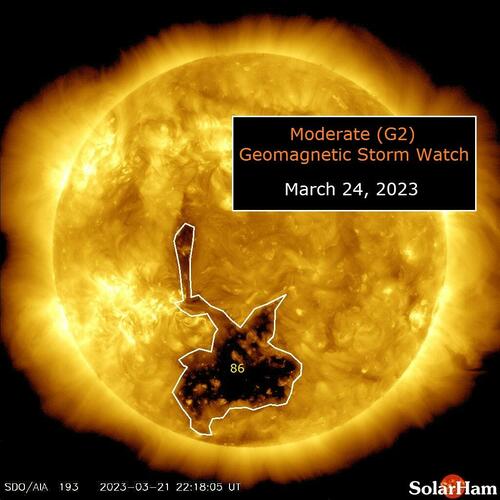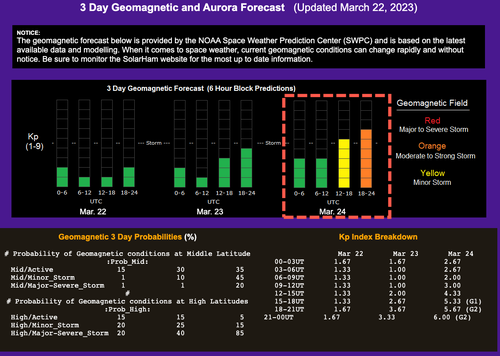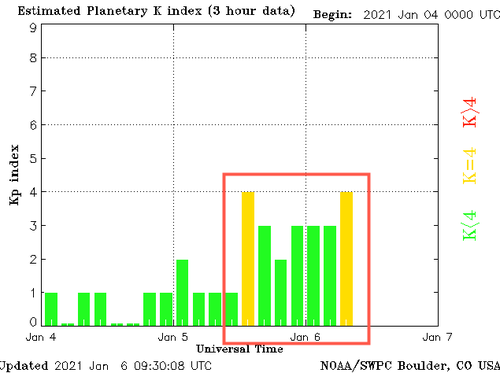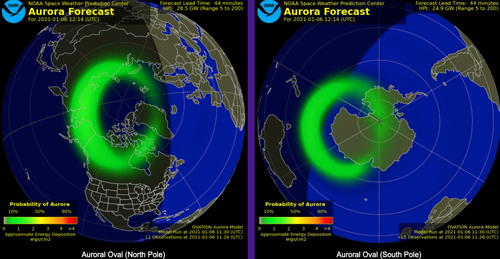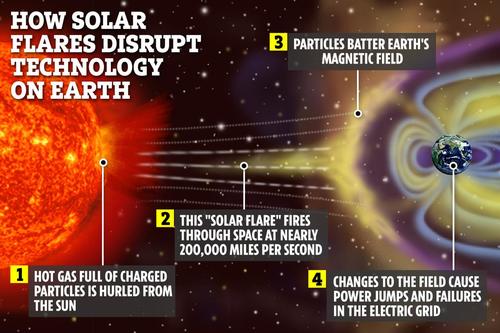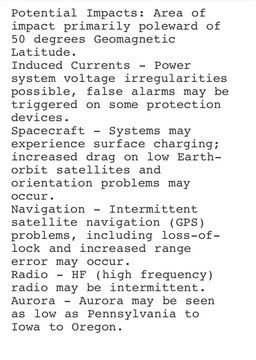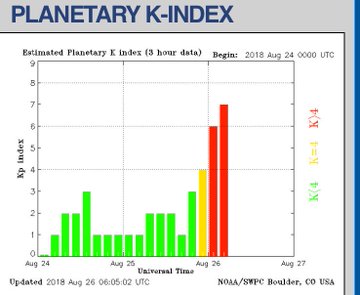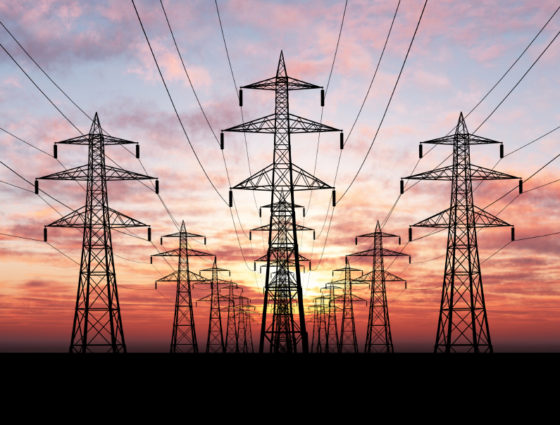Scientists are concerned about the next significant “space weather” event, which begins at the sun in the center of the solar system. Severe space weather occurs less frequently than traditional weather on Earth but can be more destructive in nature.
The sun is now headed towards a solar minimum, forecasted to arrive in 2019 as the Sun changes over from Solar Cycle 24 to Solar Cycle 25. The Sun goes through 11-year cycles, during which solar activity increases and decreases.
Tracking sunspot activity dates back to the start of the first solar cycle in 1755. Today, simple sketching and counting of sunspot numbers have given way to land-based and space-based technologies that continuously monitor the Sun.
Scientists have discovered that intense activity such as sunspots and solar flares generally subside during a solar minimum. Dean Pesnell of NASA’s Goddard Space Flight Center in Greenbelt, Maryland, said during a solar minimum, that does not mean the sun becomes dull.
He said solar activity simply changes.
For instance, Pesnell warned, “during a solar minimum, we can see the development of long-lived coronal holes.”
Coronal holes are large regions in the sun’s atmosphere where the sun’s magnetic field opens up and allows streams of solar particles known as coronal mass ejection (CME) to escape the sun as fast solar wind.
If the coronal hole is Earth-facing, then electrically charged particles from the Sun slam into Earth’s magnetic field and cause intense electromagnetic storms around the planet. The impact of these particles on the electronic infrastructure underlying modern industrial civilization can be devastating, said the Financial Times.
CMEs disrupt GPS, satellites, and astronauts currently in space. Even airline crew and passengers get a markedly higher dose of radiation during solar storms, especially during polar-crossing, trans-oceanic flights.
…click on the above link to read the rest of the article…


